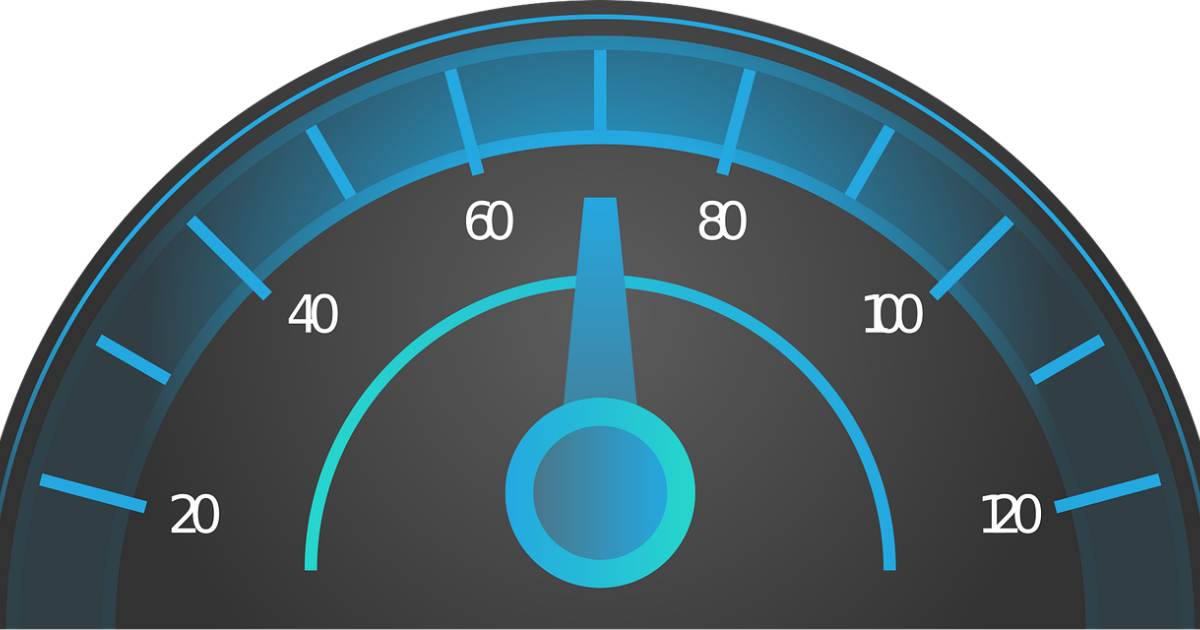Hundreds of thousands of Australian residential broadband customers made the shift to higher speed plans in this year’s June quarter.
According to the Australian Competition & Consumer Commission (ACCC), approximately 400,000 moved to faster speeds. Close to 75% of all NBN wholesale connections are now at 50Mbps or above, and 17.3 per cent of all services are on 100Mbps or above.
The ACCC notes retail service providers (RSPs) acquired significantly more bandwidth over the June quarter, up 9.2 per cent. This resulted in total Connectivity Virtual Circuit (CVC) acquired per customer rising from 2.54Mbps to 2.74Mbps.
CVC is the “bandwidth pipe” and the more CVC an ISP averages per user, the better the performance should be; particularly during peak evening periods. Just as some sort of historical comparison, back in March 2018 the average amount of residential broadband CVC acquired per user was 1.55 Mbps.
“We are pleased that retail providers are acquiring additional capacity to support network demand and keep consumers connected,” said ACCC Commissioner Anna Brakey.
Ms. Brakey stated the Commission will continue to monitor this, particularly after current NBN Co. incentives come to an end.
The ACCC’s latest Wholesale Market Indicators Report, which can be found here, focuses NBN provision of services to retail service providers rather than the services supplied by RSPs to end users.
So, with the increasing shift to high speed broadband plans, how is Australia now ranking on a global basis? When it comes to mobile broadband, still pretty good – but on fixed line, the country lags way behind.
According to Ookla’s* Speedtest Global Index for July, Australia remained at number 9 for mobile broadband and ranked 53 for fixed line. As bad as that sounds, it’s actually an improvement – the country moved up 4 spots. Compared to July last year, Australia moved up 9 spots.
For fixed line for July, the average download speed in Australia was 85.32 Mbps. The average upload speed was much lower, 23.87 Mbps.
NBN plans are mostly asymmetrical – meaning upload speeds will always be significantly lower than download. This arrangement is fine for some, but for others symmetrical broadband plans are more appropriate; particularly for business broadband users.
* Ookla is the platform we use for our broadband speed test service, which is free to use and compatible with all devices and providers.



